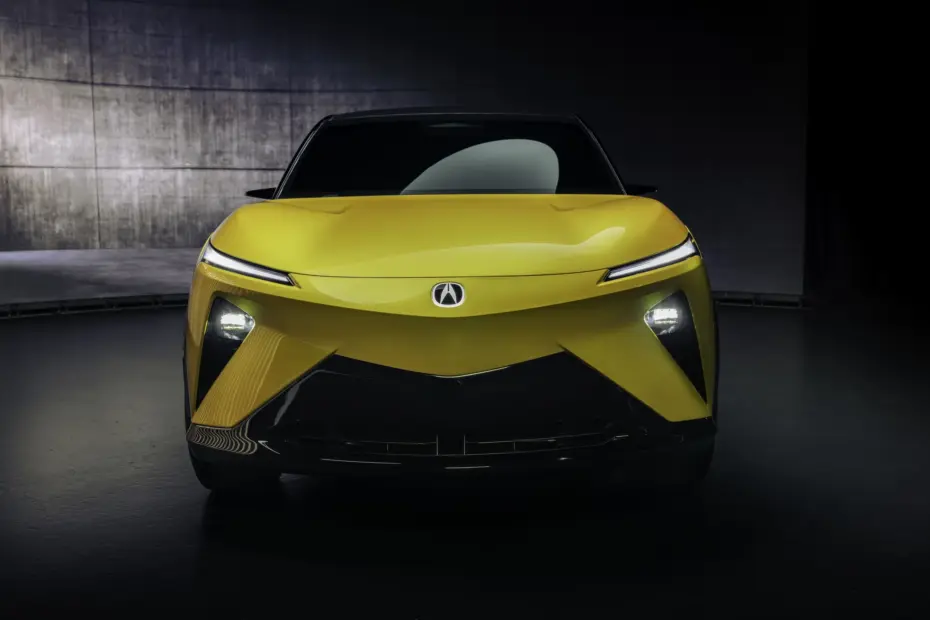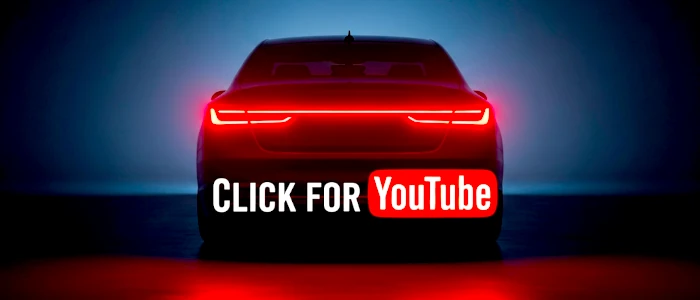The 2027 Acura RSX arrives as the EV that changes the brand’s game: new proprietary platform, performance as standard, and a software brain that learns from you. No fuss: it’s an electric coupe-SUV that promises serious dynamics and big-kid technology for around $55,000.
What makes the 2027 Acura RSX so different?
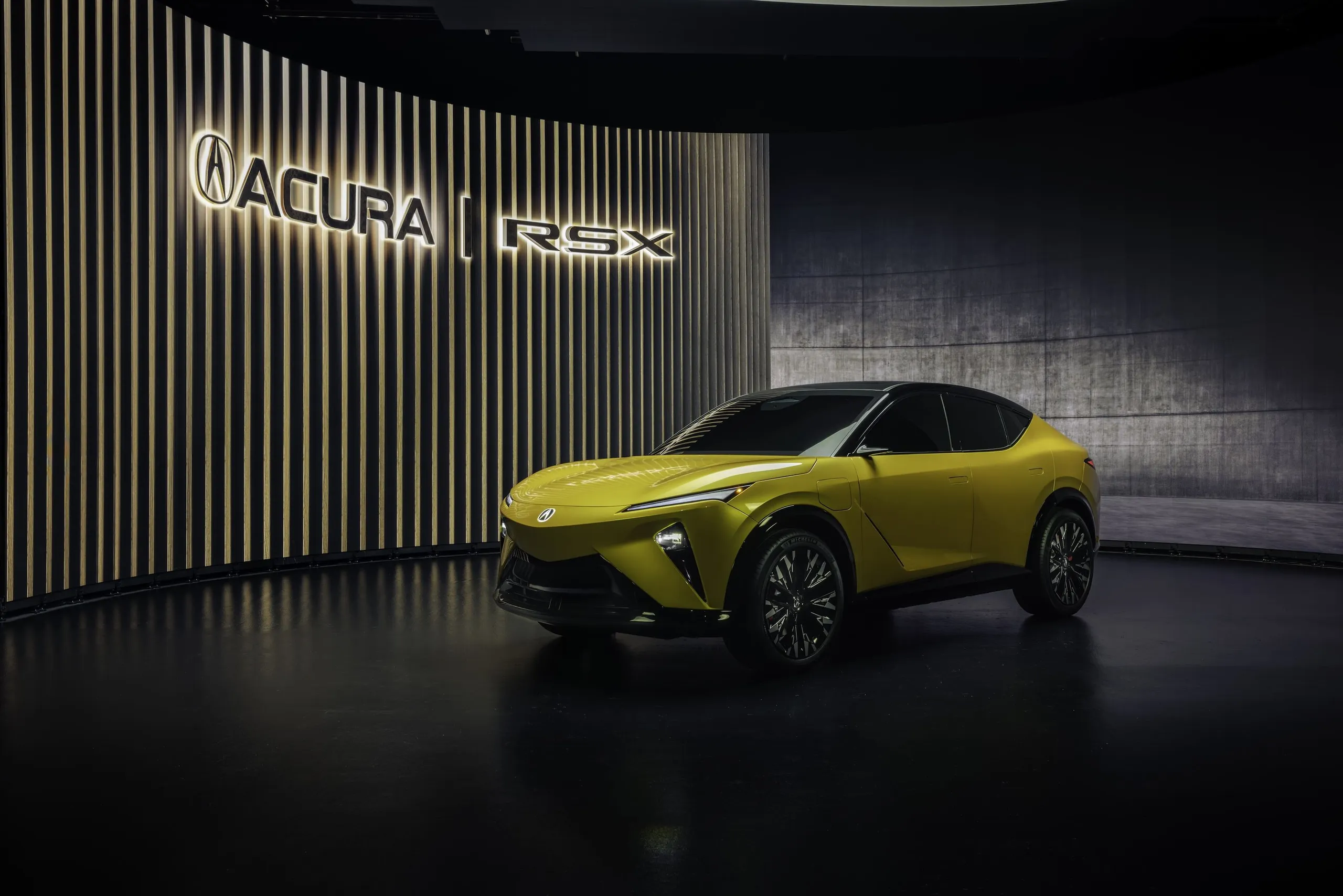
Three pillars: the in-house developed e:Architecture platform, standard performance hardware (dual AWD motors, double wishbone suspension, Brembo brakes), and the ASIMO OS, an operating system that integrates everything and evolves via OTA updates. Yes, this is the so-called “turn of the key” for a software-defined vehicle.
Reusing the RSX name for an SUV is controversial but calculated. The same move happened recently with the Integra—and it worked tremendously in terms of brand relevance. If you’re curious about how the manufacturer has been repositioning its icons, check out how the Integra 2026 was updated without losing its edge.
Technical highlights in 30 seconds
- Dedicated e:Architecture platform
- Standard dual-motor AWD
- Double wishbone front suspension
- Factory Brembo brakes
- ASIMO OS with AI and OTA
- V2L and 400V architecture
What does the new e:Architecture platform deliver?
Skateboard-style chassis with battery in the floor, low center of gravity, and focus on reducing mass and overall height. The expected result: a planted-in-the-road feel in turns and sport sedan agility, not a wobbly SUV. Fastback design, large wheels at the corners, and short overhangs complete the recipe.
The design targets premium rivals with coupe silhouettes and a sporty stance. It’s exactly the kind of terrain where the RSX will face competitors that blend practicality with a fierce look. For example, our review of the Porsche Macan 2025 helps explain the aesthetic and aerodynamic battles in this segment.
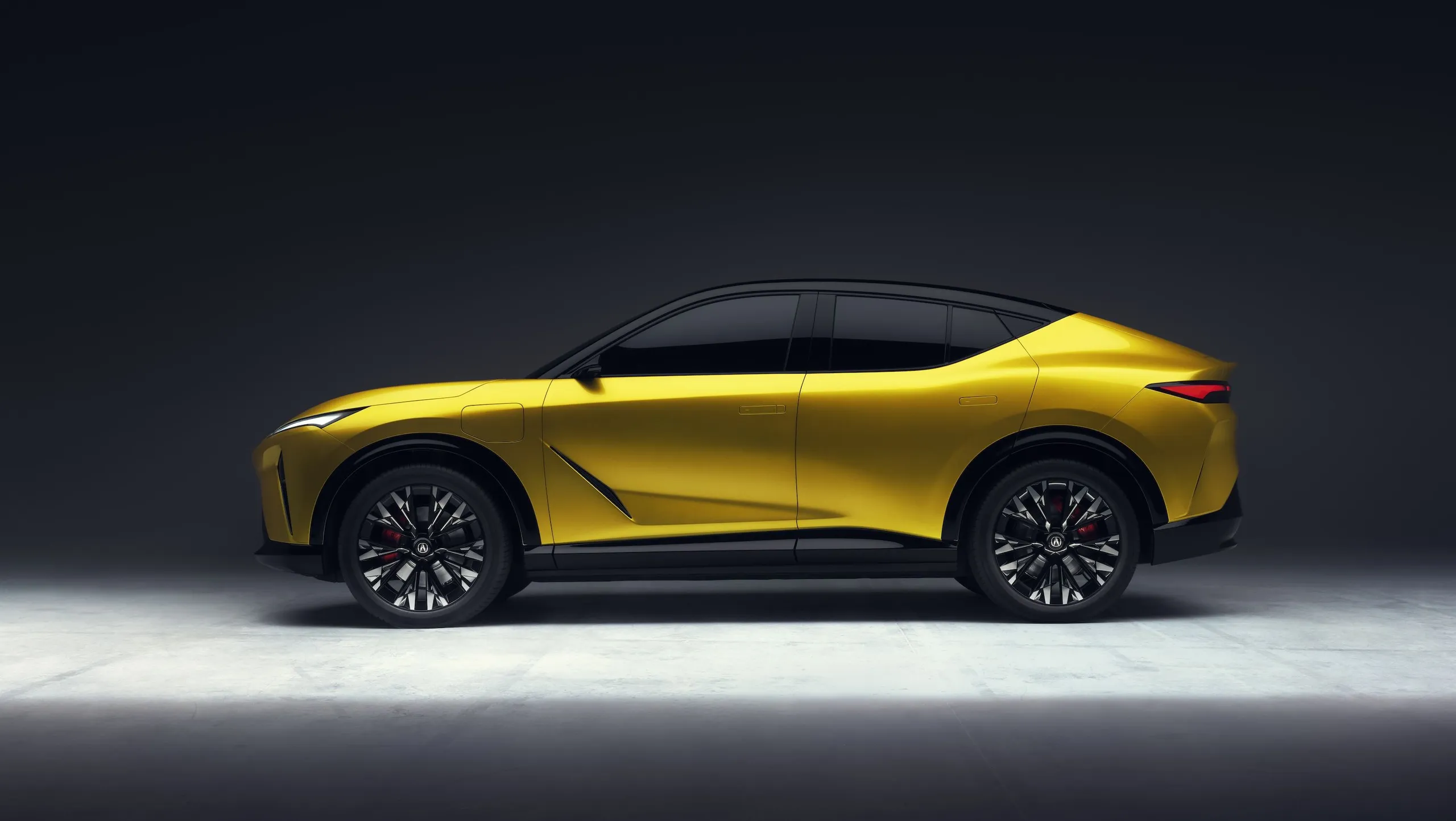
Talking about dynamics: choosing double wishbone suspension at the front isn’t just a detail—it’s engineering to maintain tire contact patch under lateral loads and provide steering feel without cheap tricks. Brakes from a specialist also matter—Brembo clearly explains why thermal control and consistency are crucial in sporty use (Brembo).
Is ASIMO OS just marketing talk or a true revolution?
The OS integrates chassis, powertrain, ADAS, battery, and UX into a single brain. This enables coordination that used to be isolated to individual ECUs: routing communicates with energy management, sensors feed torque vectoring logic, and the car learns your style to adapt throttle response, lane positioning, and assist systems. OTA updates won’t be just visual skins—they could change driving behavior. That’s where the magic lies.
And it’s not just the RSX riding the software hype. The entire segment of premium electric SUVs is embracing this concept. Look how the luxury-tech approach is climbing in electric utility vehicles like the Jeep Wagoneer S 2025; the RSX enters the ring with a more aggressive focus on dynamics.
“Software-defined vehicles shift differentiation from hardware to the pace of software evolution—who updates better, wins.” — IEEE Spectrum
Battery, charging, and range: do the numbers matter?
400V electrical architecture, with expected DC fast charging at around 150–200 kW to restore good range in 15–20 minutes at compatible chargers. When applicable, adoption of the SAE J3400 (ex‑NACS) standard simplifies user experience by expanding connector and network compatibility.
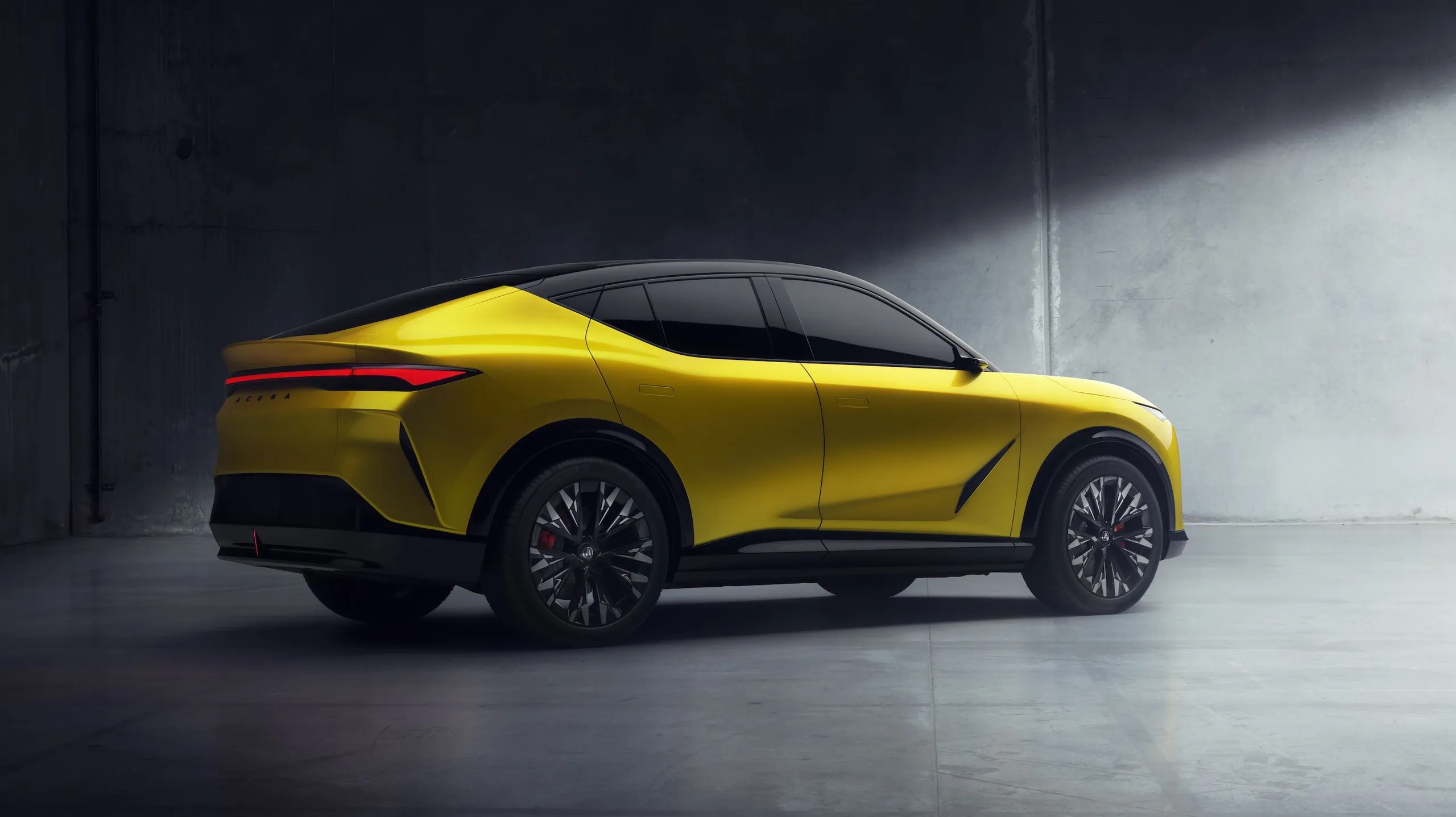
Partnership with top-tier battery suppliers and V2L (powering devices and even homes in emergencies) enhance real-world utility. As for range, a target around 300 miles (about 480 km) in combined cycle makes sense for 2027, aligning with competitors already evaluated in this segment—see our review of the Mercedes EQB 250+, which shows how efficiency and fast charging matter in everyday use.
Quick comparison: where should the RSX aim?
- Model Y Performance: 0–60 mph in ~3.7 seconds
- Blazer EV SS: 0–60 mph in ~3.3 seconds
- BMW iX xDrive50: luxury and comfort
- Lyriq AWD: design and range
- RSX: ~500–600 hp (projection)
Is it worth the money? Price, standard package, and direct competitors
Estimated starting price around $55,000 with dual motor AWD, Brembo brakes, and double wishbone suspension factory-fitted sends a clear message: it’s ready to perform strongly out of the box without relying on costly optional packages. If it delivers acceleration below 4 seconds and a competitive range, it will be a thorn in the side of many competitors.
If your standards for “range and sophistication” are high, the discussion about long-distance autonomy brings a relevant parallel to efficiency-focused electric projects like the Sportback e-tron. To see where the benchmark is today, check out our review of the Audi A6/S6 e-tron 2025—the RSX needs to ride that wave with mature software and a solid package.
FAQ — what everyone wants to know
- Will there be a “base” version with one motor? The plan is to deliver performance as standard with two AWD motors. A single motor wouldn’t make much sense for its positioning.
- What exactly does ASIMO OS update? From UX to battery efficiency and dynamics. OTA updates should go beyond visual changes, impacting driving experience.
- Would an 800V architecture be missed? 800V helps with ultra-fast charging, but well-calibrated 400V systems at 150–200 kW already meet most real-world scenarios.
- Is V2L useful or just a gimmick? Very useful: camping, tools, emergencies at home. It’s practical energy autonomy.
- Will there be a Type S? The brand might launch a Type S later, with more power and an even more aggressive tune, maintaining interest cycle.
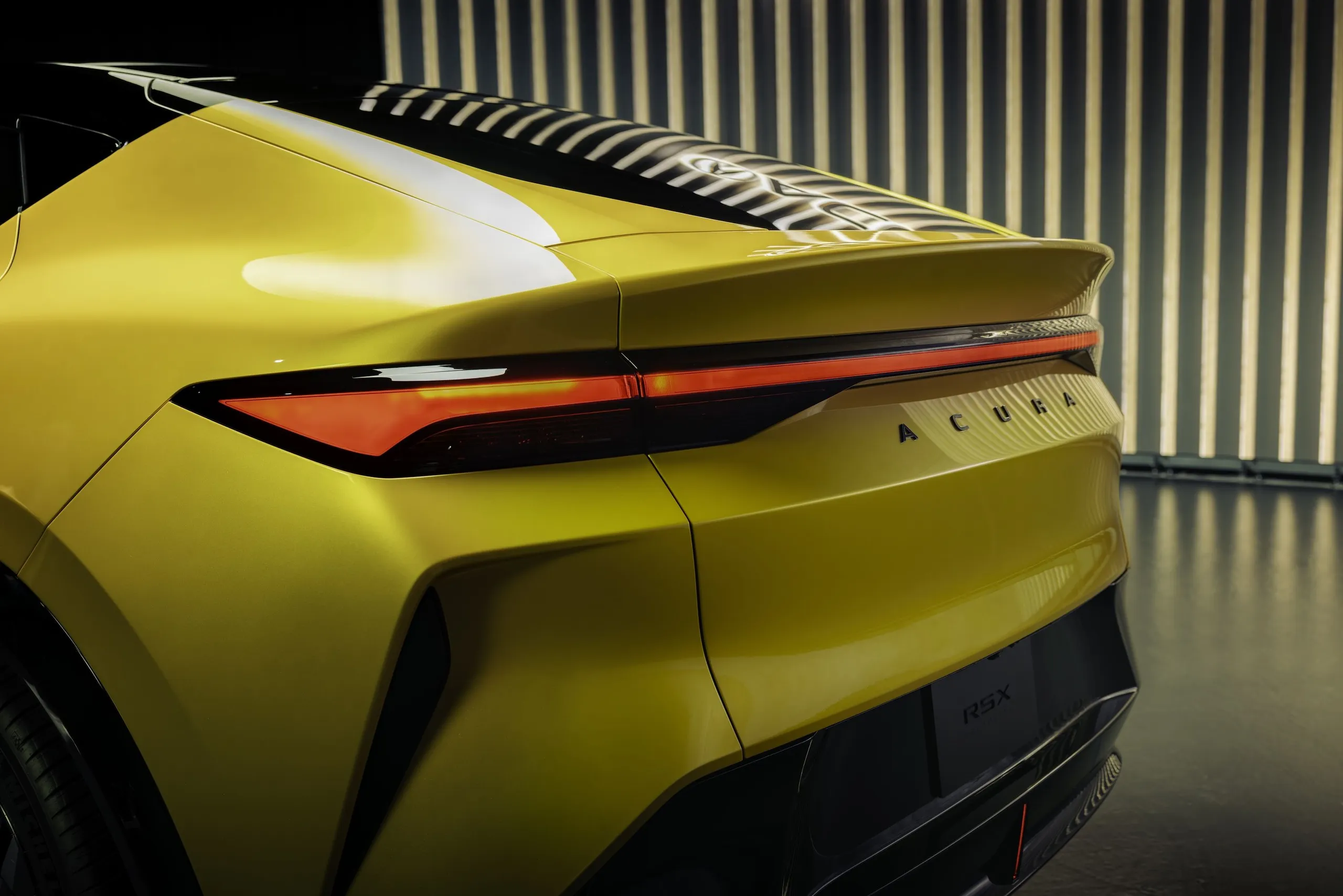
Projected specs — why does this matter?
- Power: ~500–600 hp (estimated)
- 0–60 mph: < 4.0 seconds (target)
- Battery: 400V, DC 150–200 kW
- Range: ~480+ miles (goal)
- Chassis: double wishbone + Brembo
- Software: ASIMO OS + OTA
To wrap up: the phrase “what the hell” pretty much captures the ambition here. A proprietary platform tends to reduce engineering compromises, the chosen suspension is serious, and the standard package is aggressive. If ASIMO OS fulfills its promise of personalization and stability—not just a wow effect— the 2027 RSX could become a benchmark. My bet? Hardware is in place, and the game will be decided by software maturity and the efficiency of integrating battery, charging, and UX. If it all comes together smoothly, it’ll be a tough act to follow for the competition.
Liked it or think something’s missing? Comment and I’ll respond straight—let’s discuss if this RSX is truly tough or just a fancy show ahead of launch.

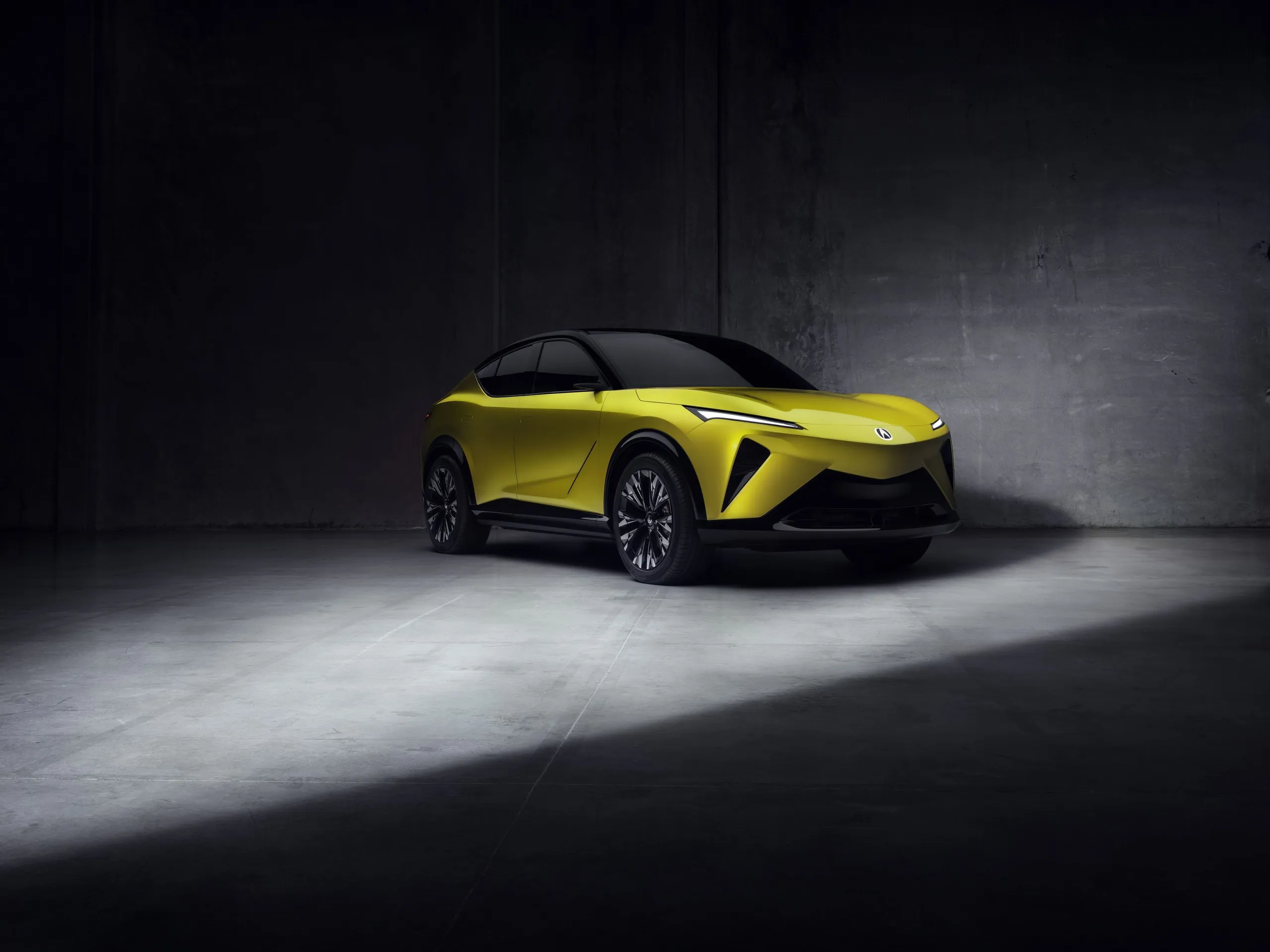
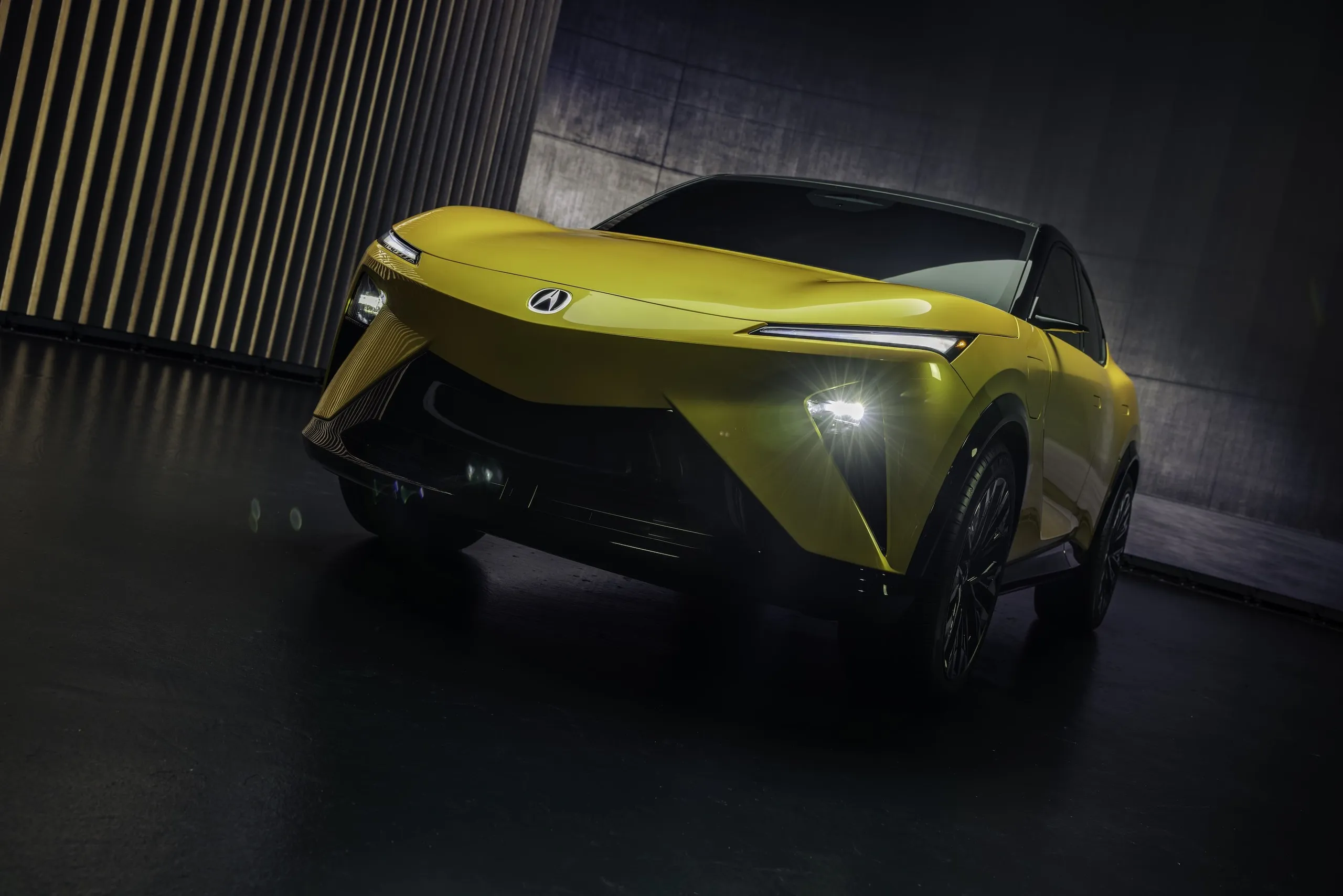
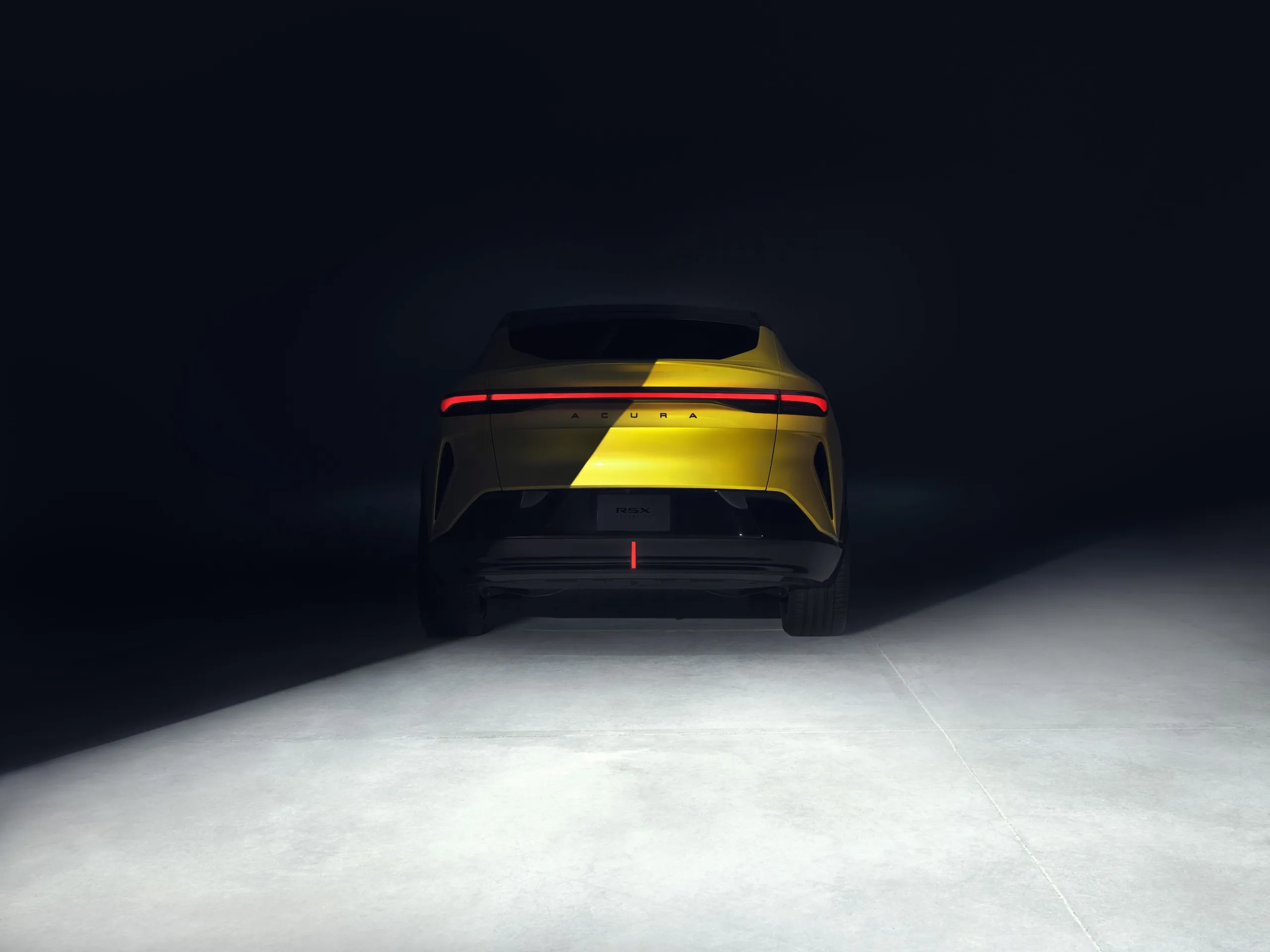
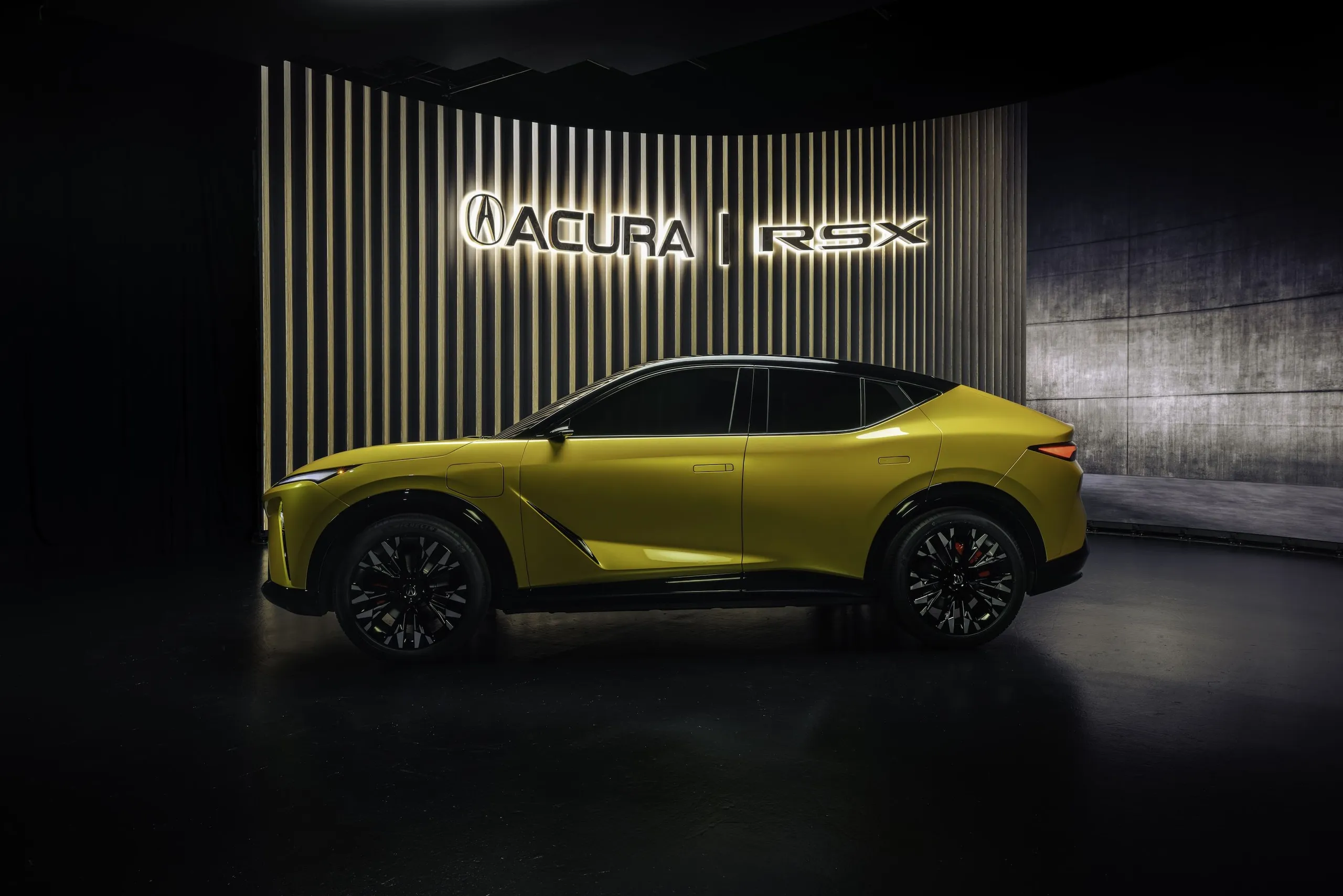
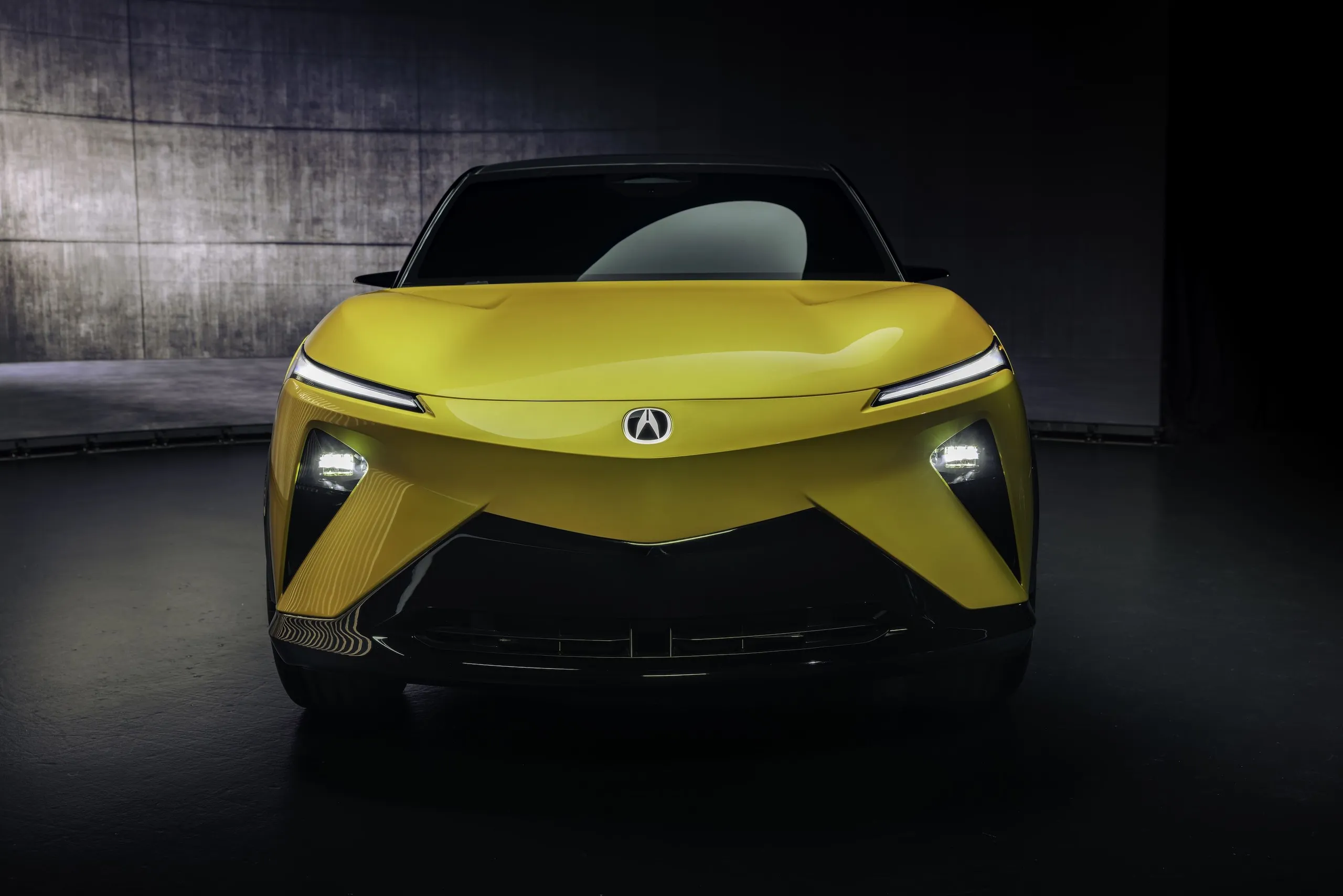
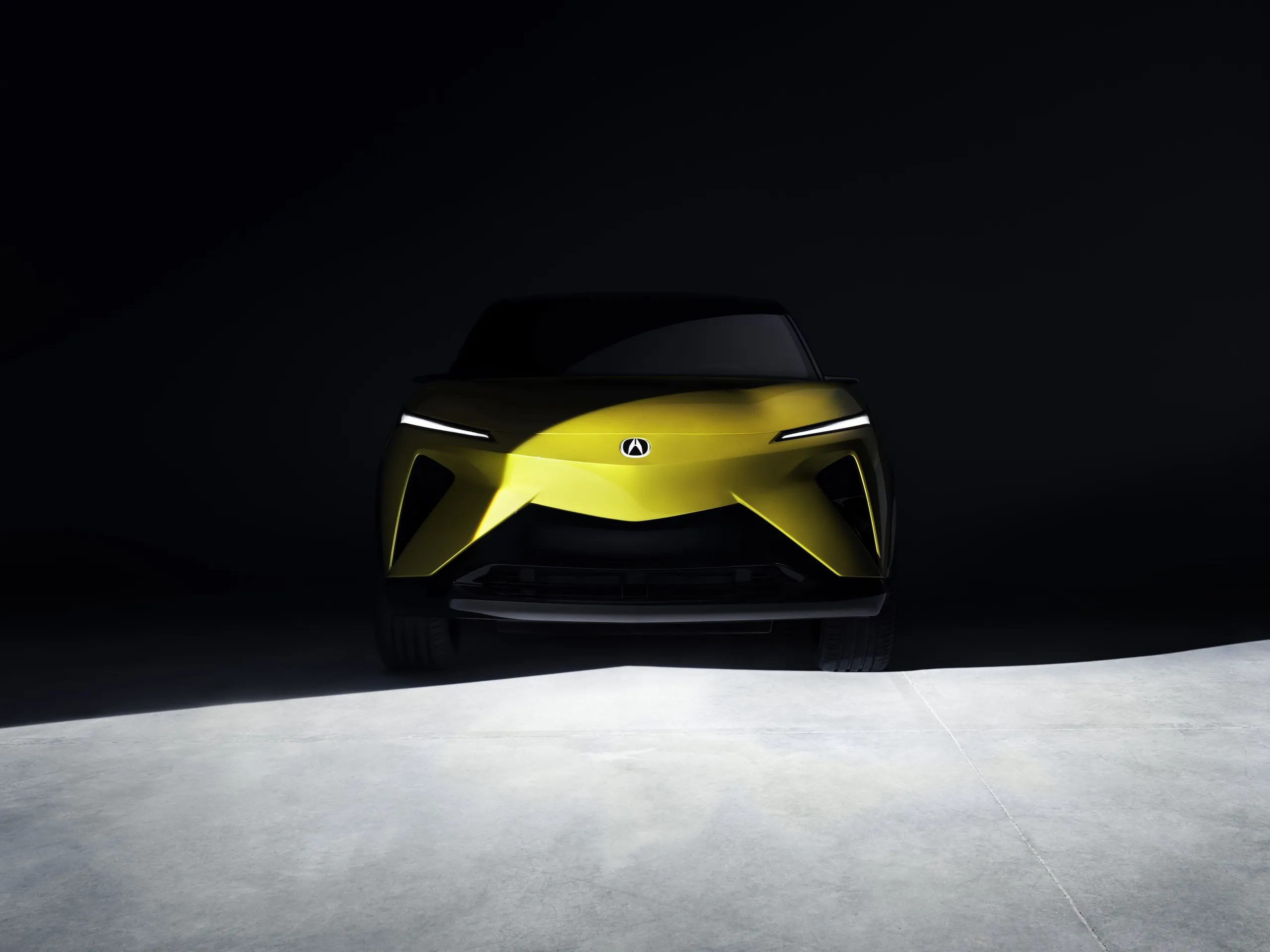
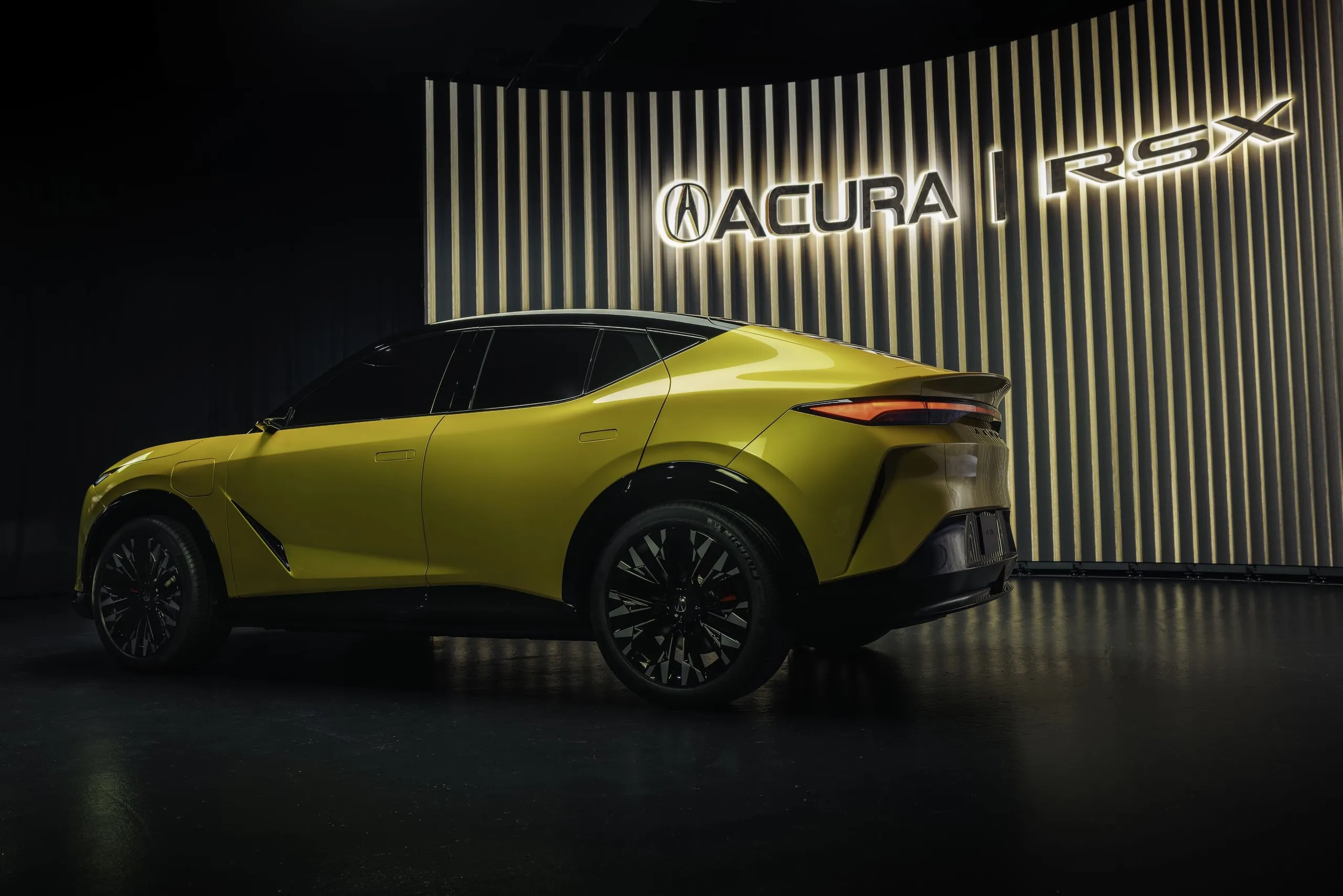

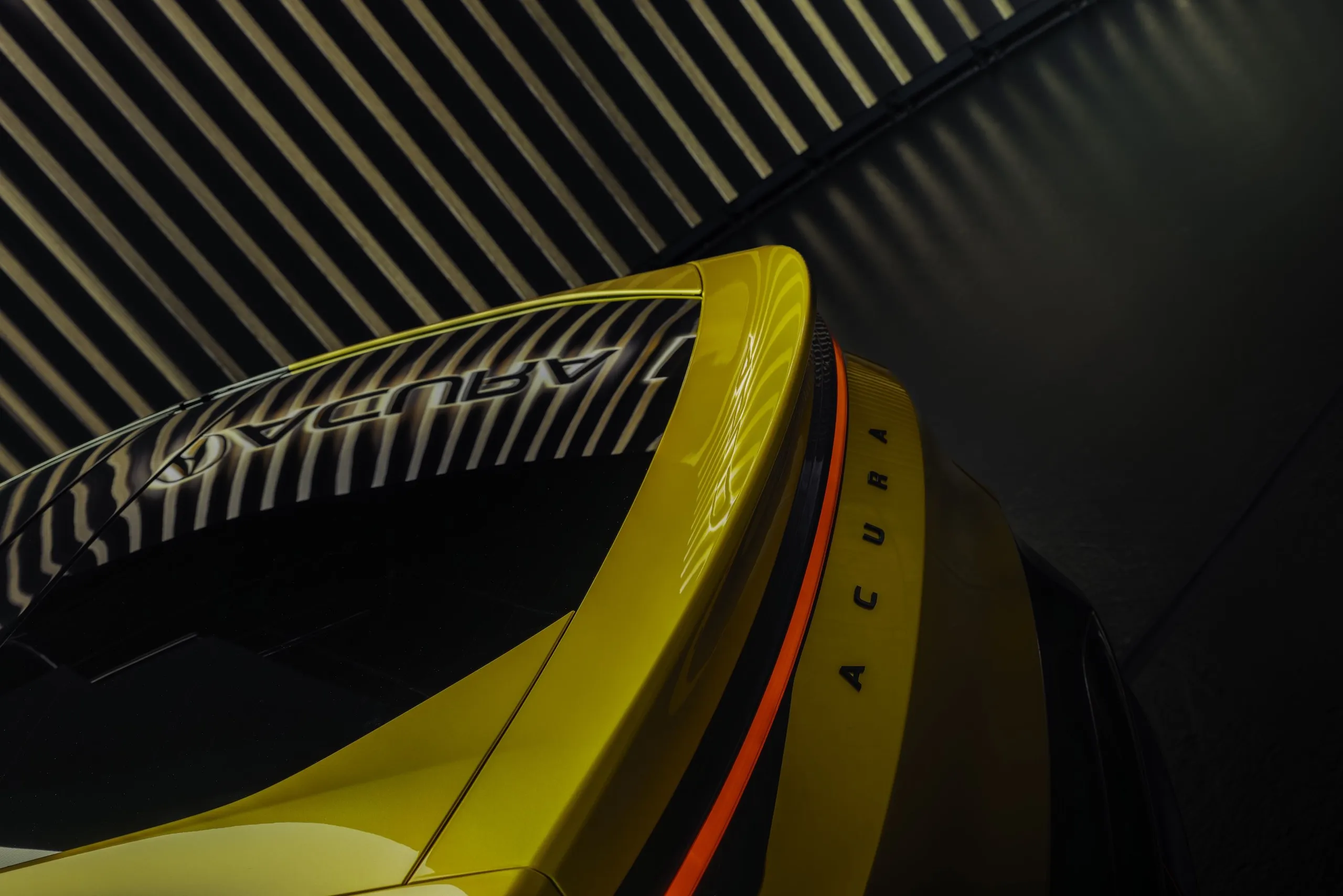
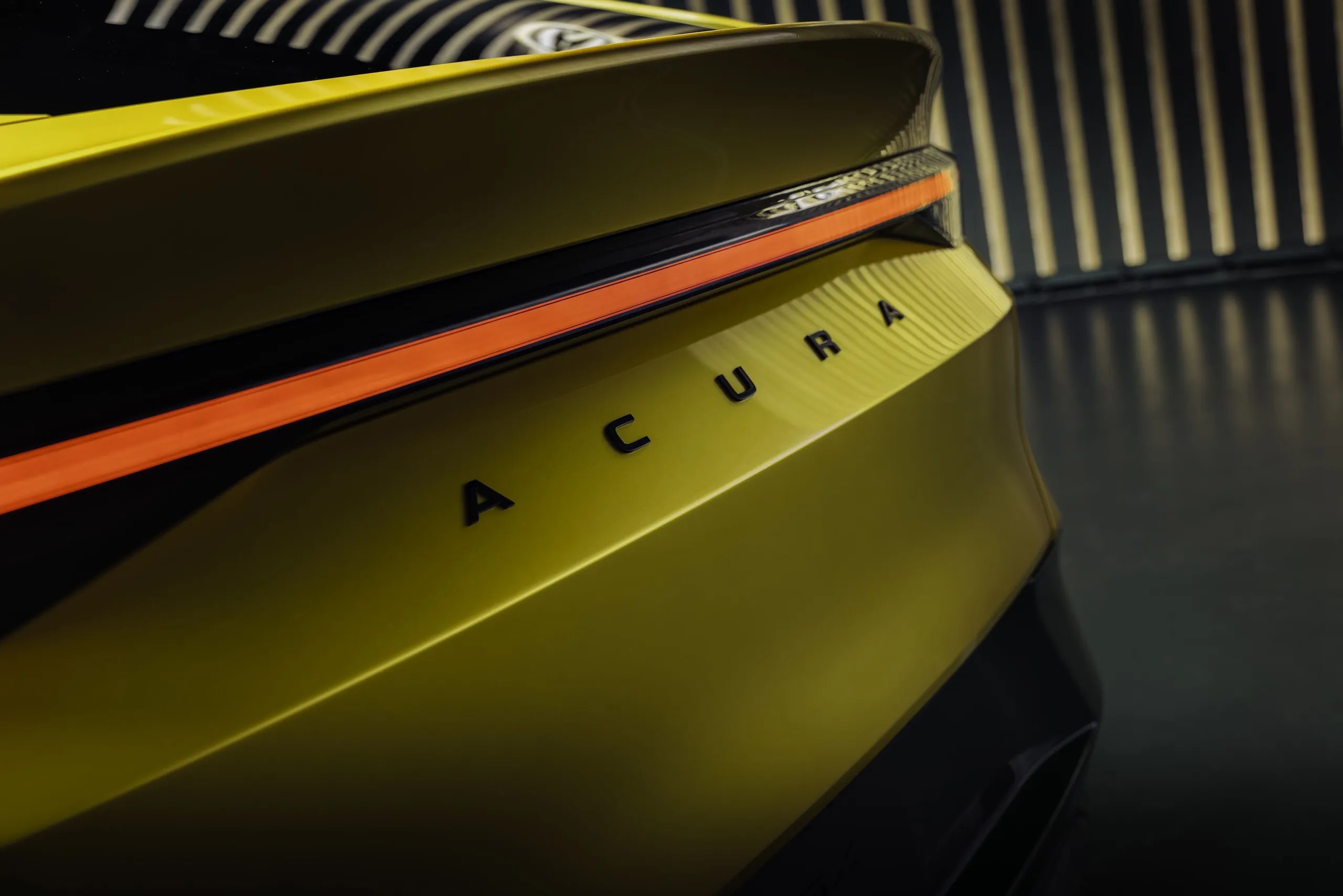

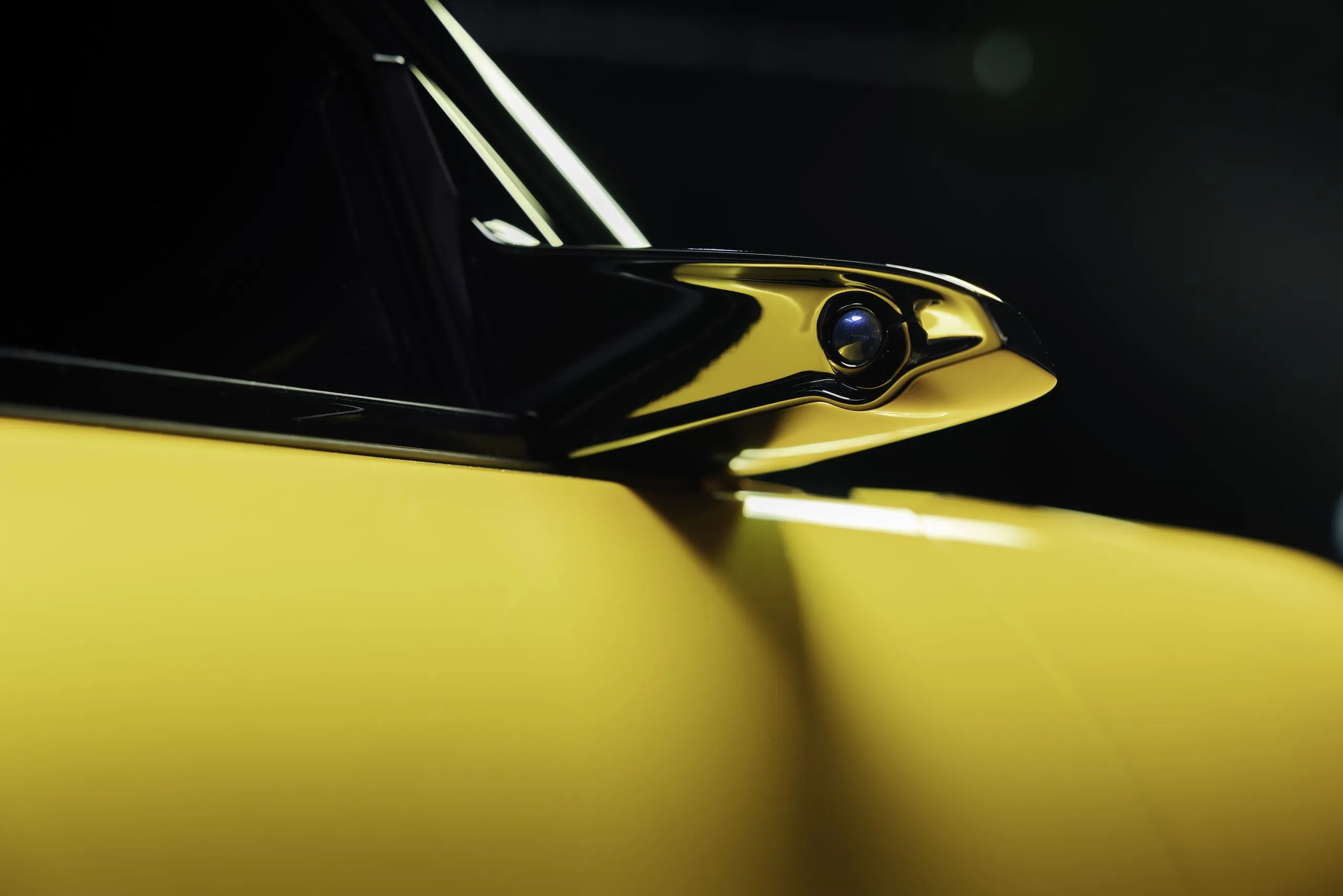
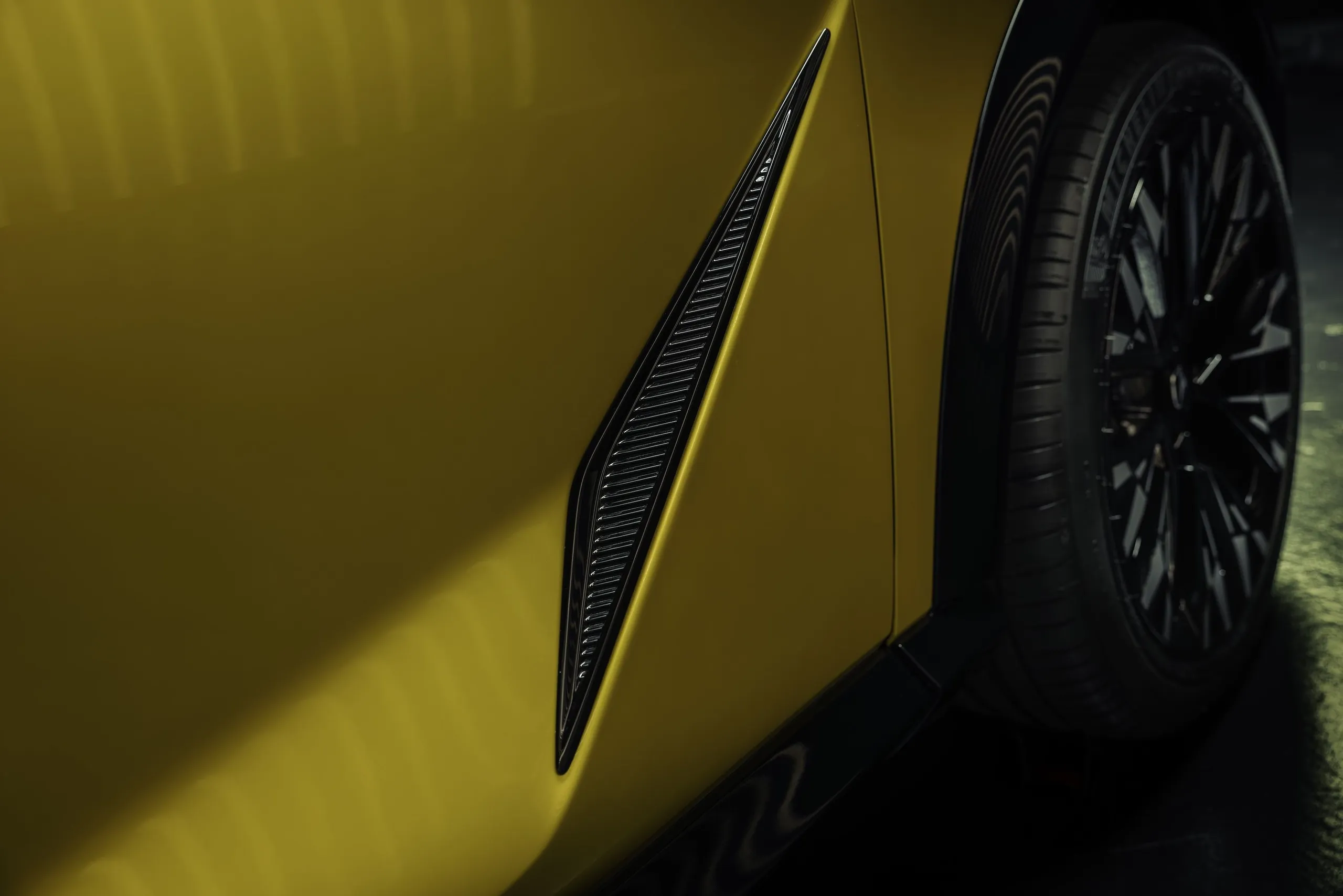
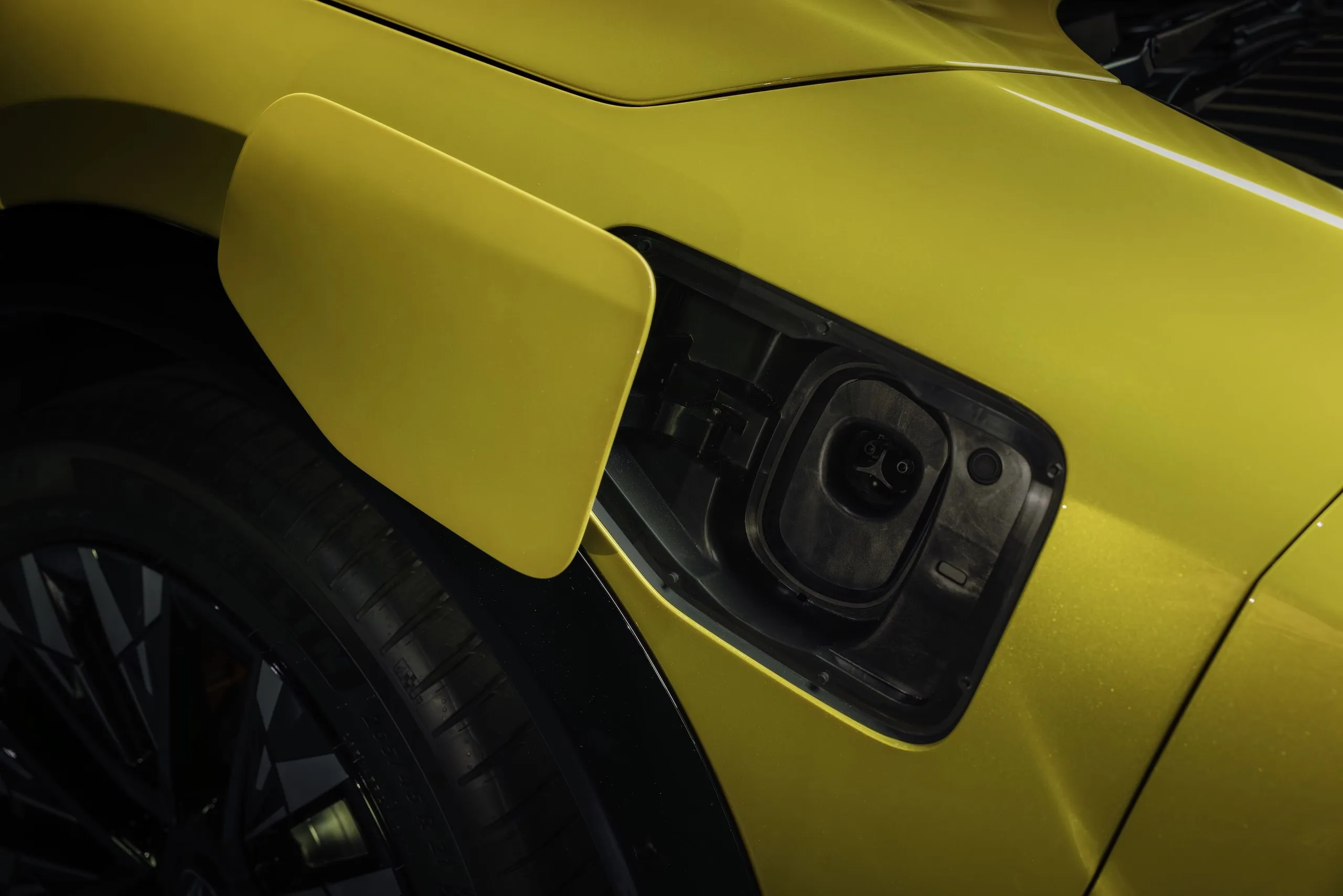
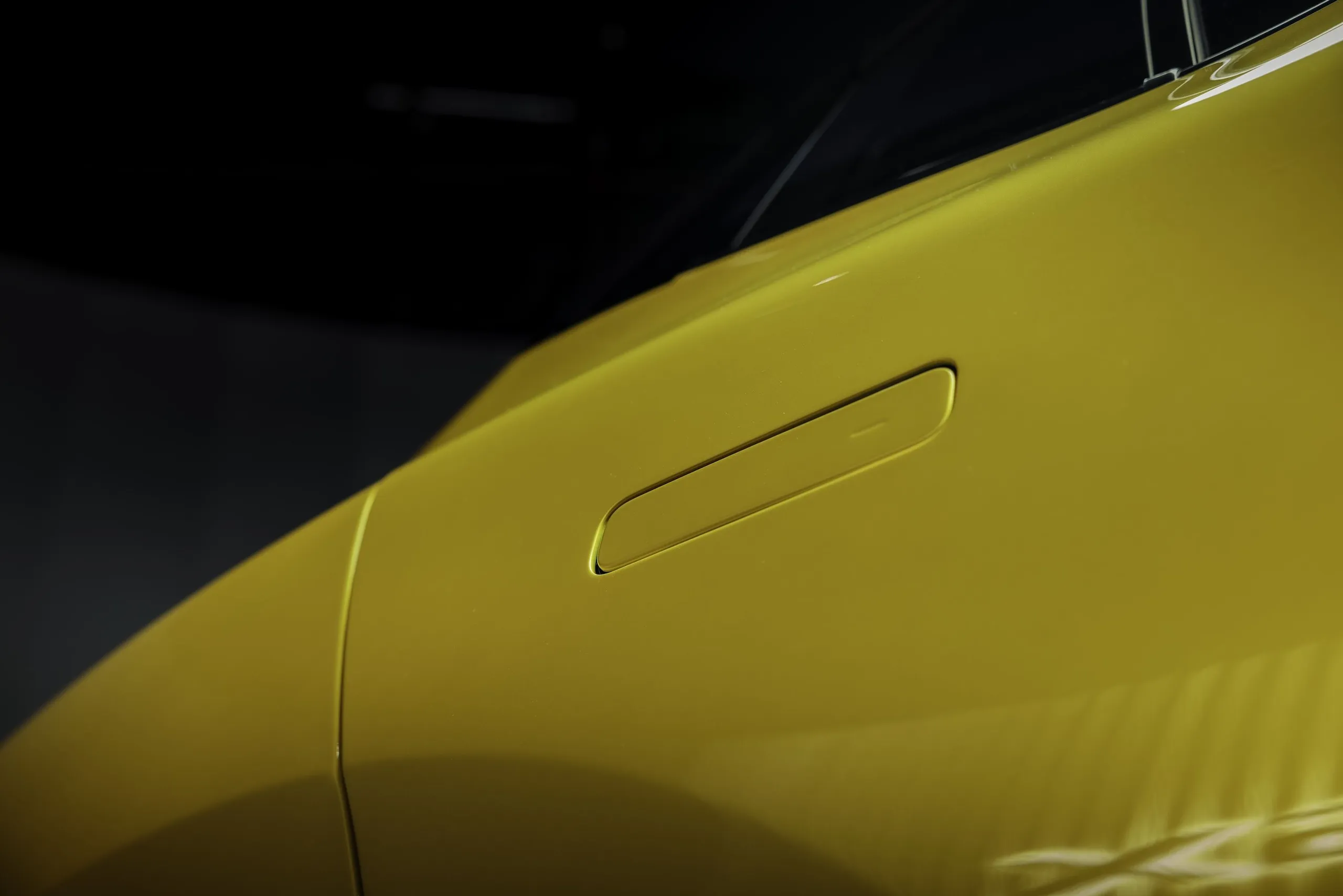
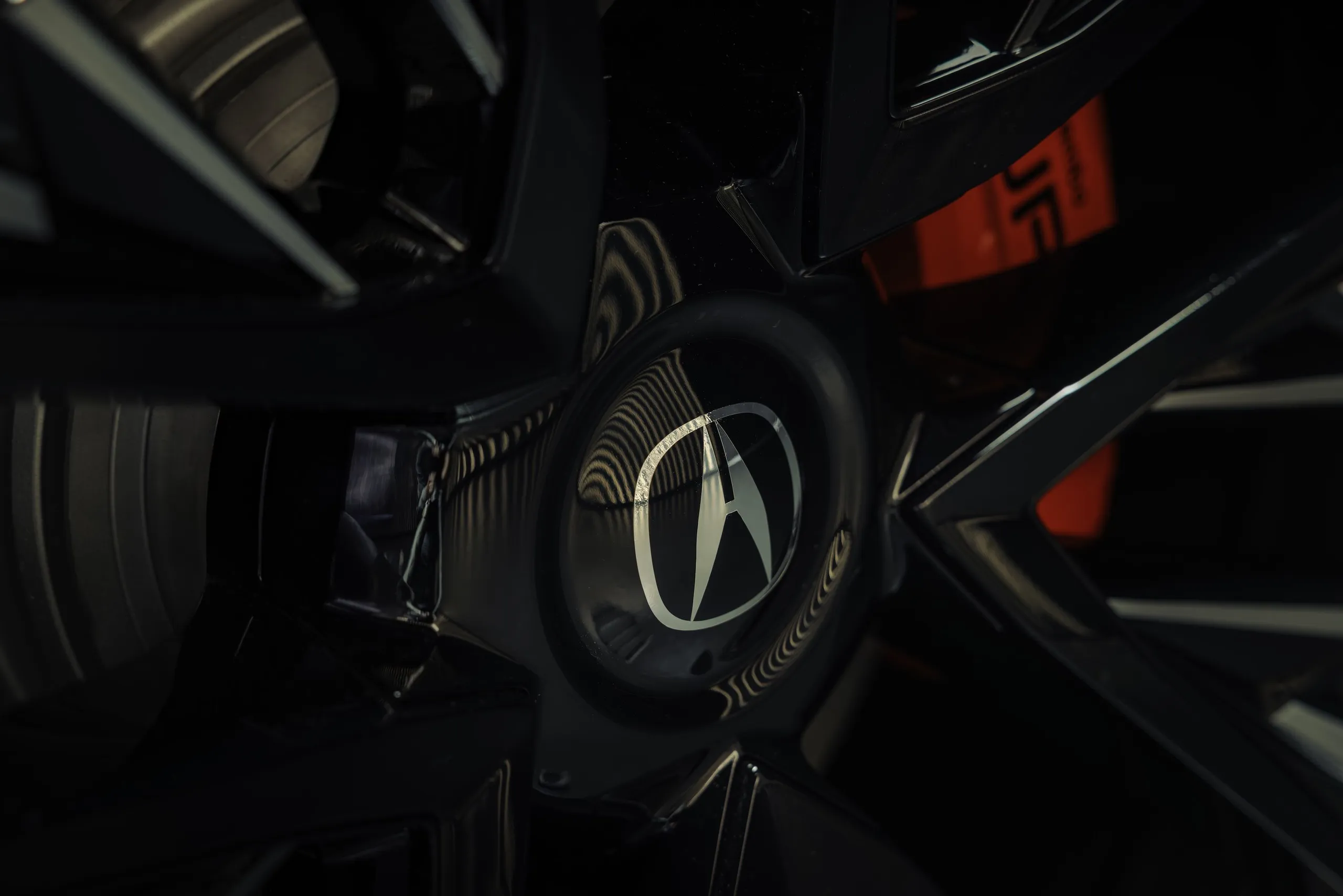
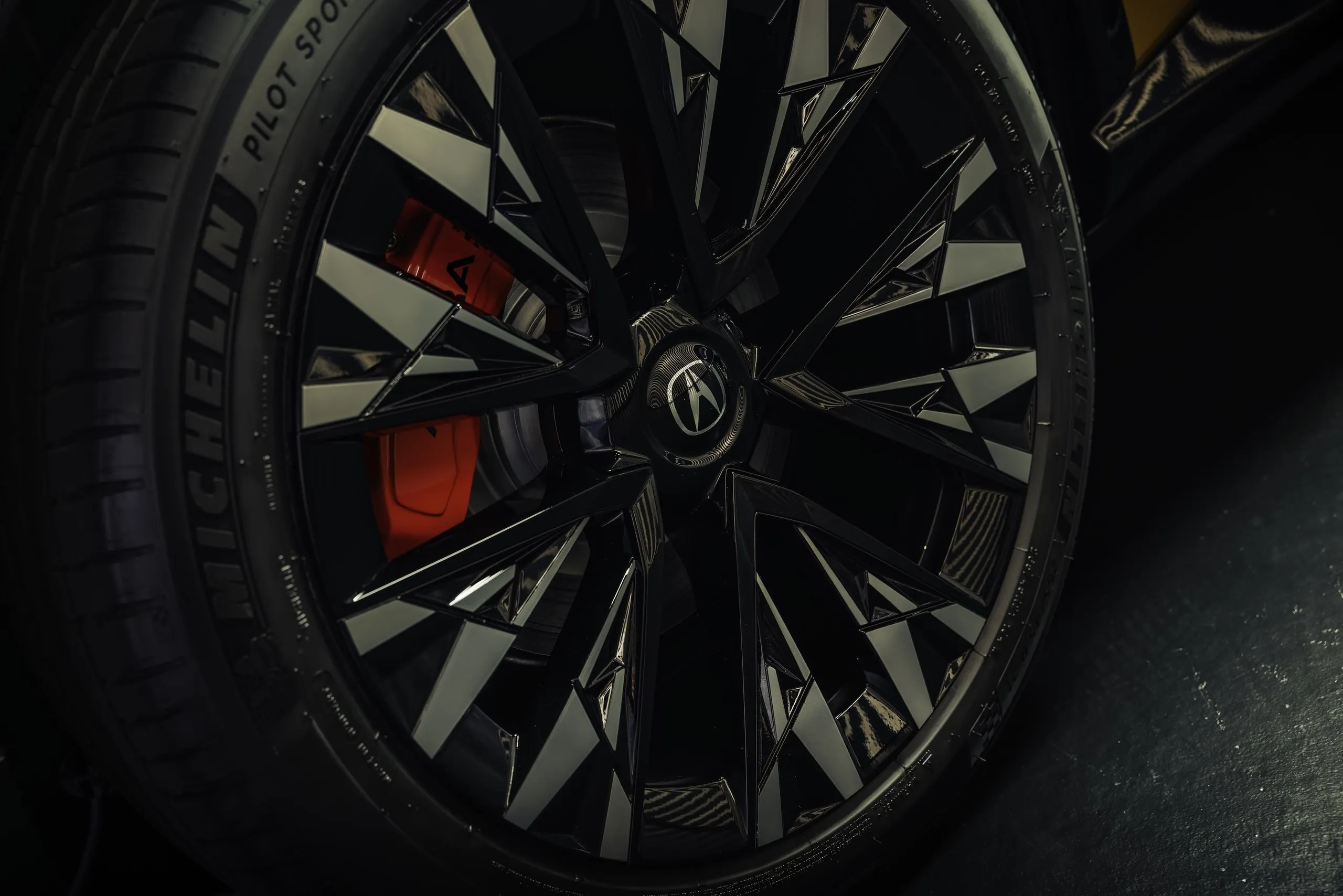

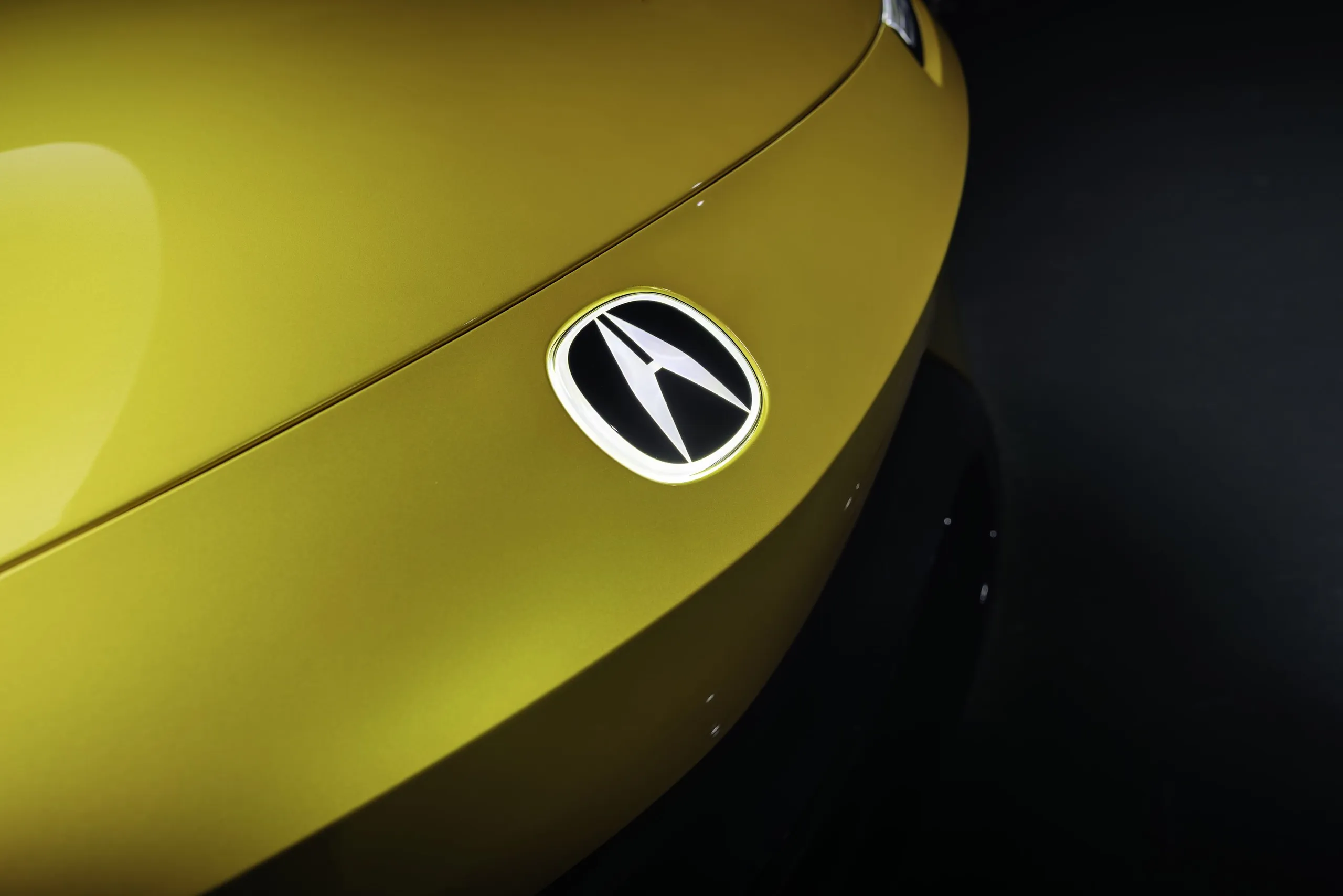
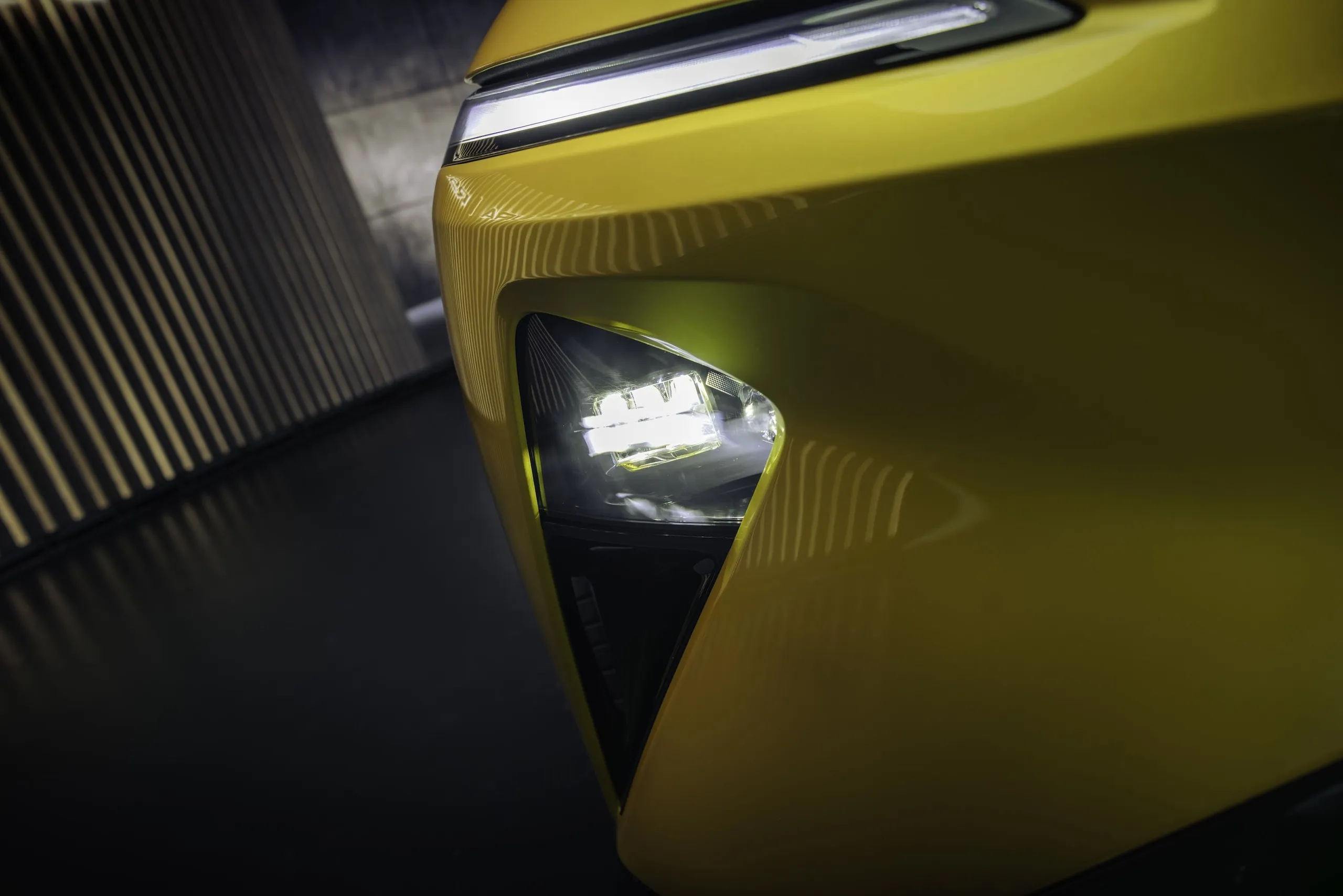
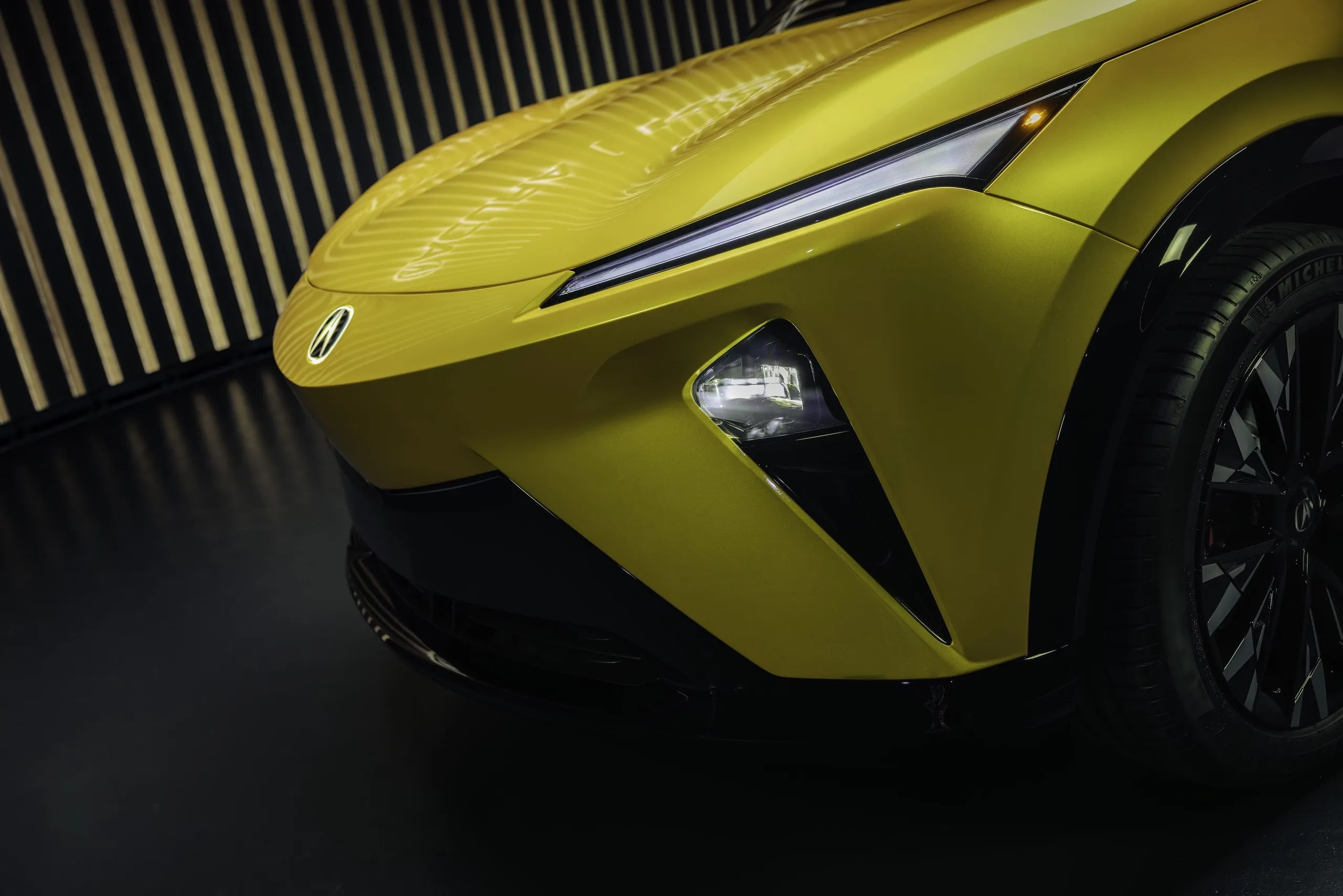
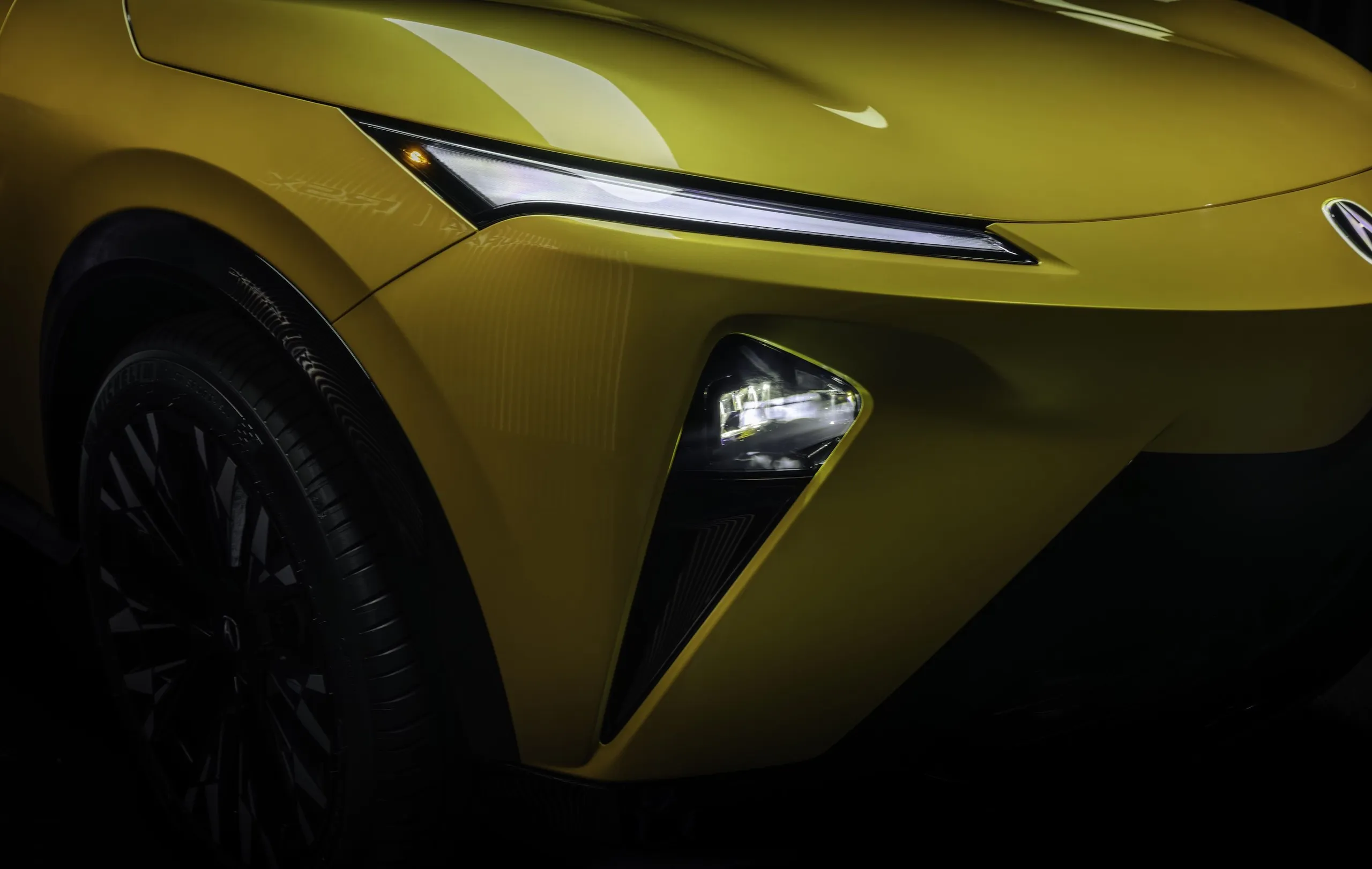


Author: Fabio Isidoro
Fabio Isidoro is the founder and editor-in-chief of Canal Carro, where he has been writing about the automotive world since 2022. Passionate about cars and technology, he began his journey on the HospedandoSites portal and today dedicates himself to creating technical content and comprehensive analyses of national and international vehicles. 📩 Contact: contato@canalcarro.net.br

